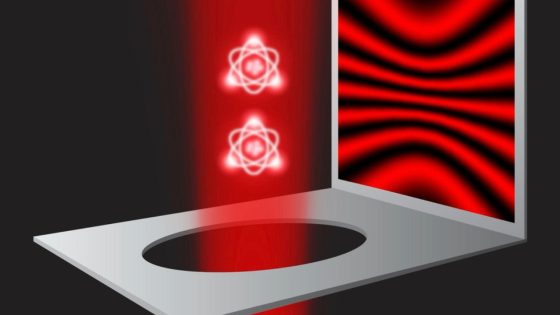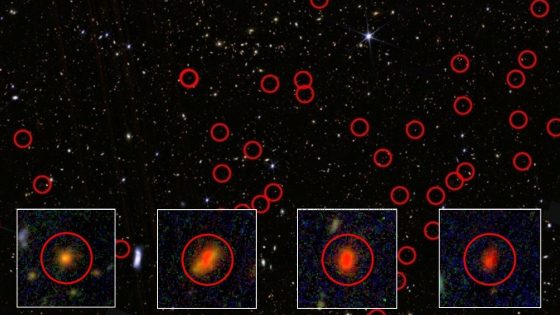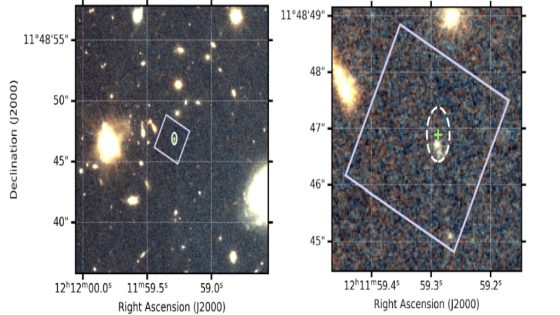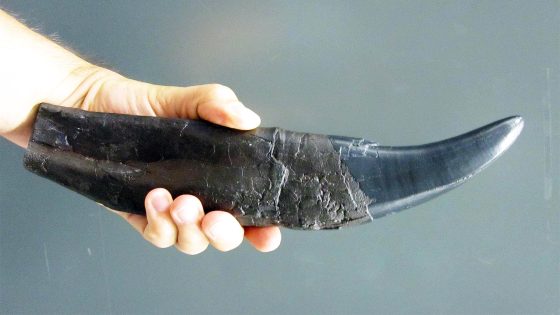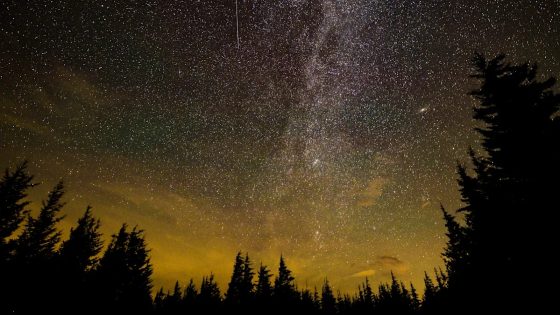Quantum physics has long intrigued scientists with its dual nature of light, revealing that it can behave as both a wave and a particle. Now, researchers at the Massachusetts Institute of Technology (MIT) have conducted a groundbreaking experiment confirming that light cannot exhibit both behaviors simultaneously. This pivotal study, published on July 22, 2025, sheds light on the complexities of quantum mechanics.
- Light exhibits wave-particle duality.
- MIT experiment confirms light's behavior limitations.
- Historical debate: Newton vs. Huygens.
- Young's double-slit experiment demonstrated wave behavior.
- Bohr's complementarity vs. Einstein's skepticism.
- Quantum fuzziness affects measurement outcomes.
The debate over light’s nature dates back to the 17th century, with figures like Isaac Newton and Christiaan Huygens contributing to the discussion. Newton argued for a particle-based view, while Huygens supported the wave perspective. The famous double-slit experiment by Thomas Young in 1801 illustrated this duality, showing light’s wave-like characteristics through interference patterns. Yet, the uncertainty principle complicates our understanding, suggesting that we can never observe light as both a particle and a wave at the same time.
This experiment raises important questions about the nature of reality. Can we ever fully grasp the complexities of quantum behavior? The findings reinforce key concepts in quantum physics:
- Light exhibits wave-particle duality but cannot be observed in both states at once.
- The uncertainty principle remains a cornerstone of quantum mechanics.
- Experimental setups can influence outcomes, yet this study minimized such effects.
- Complementarity, as proposed by Niels Bohr, is upheld by recent findings.
As we delve deeper into quantum mechanics, this study opens new avenues for exploration. How might future experiments further unravel the mysteries of light and its behavior? The journey into the quantum realm continues.



